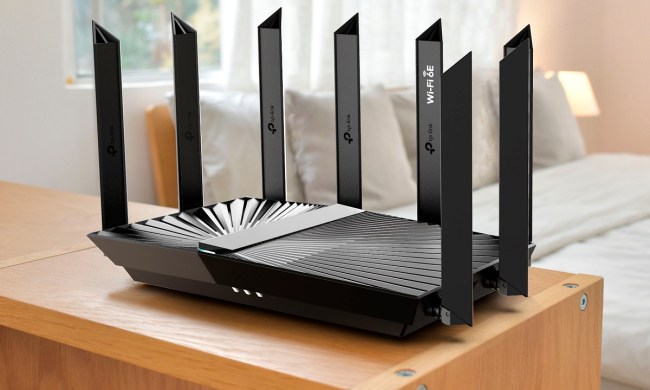Twitter has launched a new feature that lets an operator of an automated account add a special label to their profile to indicate to others that it’s a bot.
The company has been testing the feature since September and this week is rolling it out globally.
Twitter says the feature is aimed at helping people sort good bots from bad bots as you scroll through your feed, read others’ replies, and explore new accounts.
“When these accounts let you know they’re automated, you get a better understanding of their purpose when you’re interacting with them,” Twitter said when it launched the test phase last year.
The new feature means that anyone running an automated account can now add an “automated” label (shown below) to their profile, along with a link to the human-run account that operates it. The automated label will also appear alongside each individual tweet that the bot posts.

As we mentioned earlier, there are good bots and bad bots on Twitter. Good ones might offer weather updates or breaking news or try to help out at the start of a customer inquiry. They might also feature fun stuff like the Emoji Aquarium, which periodically tweets “a tiny aquarium with interesting fish,” or helpful tips like from this bot that every hour encourages you to do something to improve your wellness.
Bad ones, on the other hand, are those that deviously pose as a human while trying to steer conversations in a certain direction, probably for commercial or political reasons. You’re unlikely to see the new label beside bots like these, and you’d quickly realize that it’s fake.
A bot that some may consider as bad but Twitter considers good — or at least as playing within the rules — can also use the label. For example, Elon Musk is known to be unhappy about this bot (citing security concerns), which continues to automatically tweet every take-off and landing made by his private jet (whether or not he’s inside it), but Twitter appears cool with the account and its use of the label.
Twitter has measures in place aimed at taking down bad bots that violate its rules, though with new ones appearing on the platform all the time, it’s a never-ending battle.


